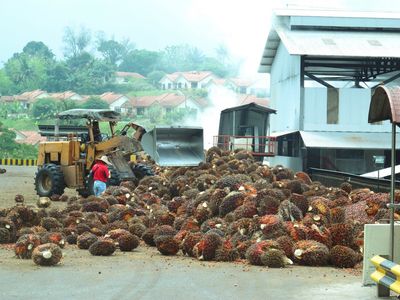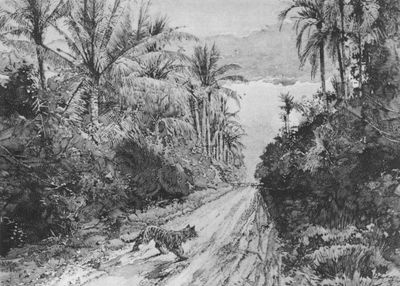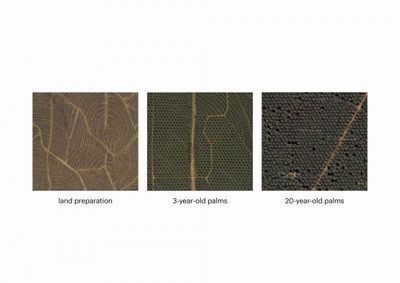JohorHinterland Vs. CapitalGiulia Luraschi and Karl Wruck

Johor Bahru is a city of nearly two million people developed along the Straits of Johor and the Causeway leading to Singapore. It was founded in 1855 in response to the growing demand by the Singapore port for jungle timber, and for cultivation of rubber and pepper. Throughout the nineteenth and the twentieth centuries until today, the relationship between the two cities has remained close and complex, showing a combination of political rivalry and economic integration. Johor Bahru is today a fast growing city on Singapore’s periphery, with a dual character as a productive hinterland and a suburban area linked to the metropolitan core.
The emerging metropolitan region Singapore-Johor-Riau, is fast growing both in terms of population and economy, with a present population of around 8 million. Though dominated by a strong centre, the region is profoundly asymmetric: the large land mass of Johor extends to the North, while Riau Archipelago is dispersed to the South; Johor is economically wealthier, it has a longer history and tighter connections to Singapore than Riau. It is estimated that 300,000 residents of Johor Bahru work and live in Singapore, and 150,000 commute daily to work in Singapore. On the other hand, seasonal workers and maids from Riau work in both Singapore and Johor. The Riau Archipelago is dominated by industrial manufacturing (Batam) and tourism (Bintan), while Johor Bahru is transforming into a service economy extending from Singapore. Culturally, the region is unified and part of the Malay world, with the exception of the Chinese dominated city-state of Singapore.
After its independence in 1965, Singapore rapidly transformed from a relatively undeveloped colonial outpost into one of the most developed nations in Asia. Within three decades, the city-state joined the First World economy, despite its small population, limited land area and lack of natural resources. From early on, it focused on offering cheap labour and welcoming foreign direct investments and Western multinationals. This allowed Singapore to rapidly establish itself, as one of the four Asian Tigers with one of the highest GDP growth rates in the world through the 1970s. Gradually, policymakers sought to switch from the low profit manufacturing of low cost products, toward a production with increased wages, requiring higher skill and higher productivity.
During the 1980s, it became clear that the continuing growth of Singapore’s economy required more space and workers beyond the limits of the city-state. At the same time, changing political circumstances allowed for an onset of regional economic cooperation. Through the so-called Growth Triangle agreement among the three countries, Singapore offered to provide management expertise, technology, telecommunications and transportation in exchange for land and labour offered by Johor and Riau. As a result, vast tracts of land have been opened up for development, mainly industrial production, dominated by Singaporean investment. Particularly since the early 1990s, the phenomenon of migration of the manufacturing sector from Singapore and the formation of the productive hinterlands in Johor Bahru and Riau became apparent.
Since 2006, the legal format of the cross border cooperation has been refined through the establishment of special economic zones (SEZs) and the free trade zones (FTZs) that have been set up on the Malaysian and Indonesian sides in order to further capitalise on the relationship with Singapore. Owing to various incentives, involving tax reduction, abolition of customs duties, possibility of ownership, and certainly the access to land and labour, the ‘zones’ now represent a warm pool for both Singaporean firms and the multinationals.
The study attempts to analyse and describe the productive territory of Johor Bahru, the Malaysian side of the metropolitan hinterland.





